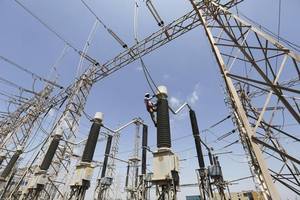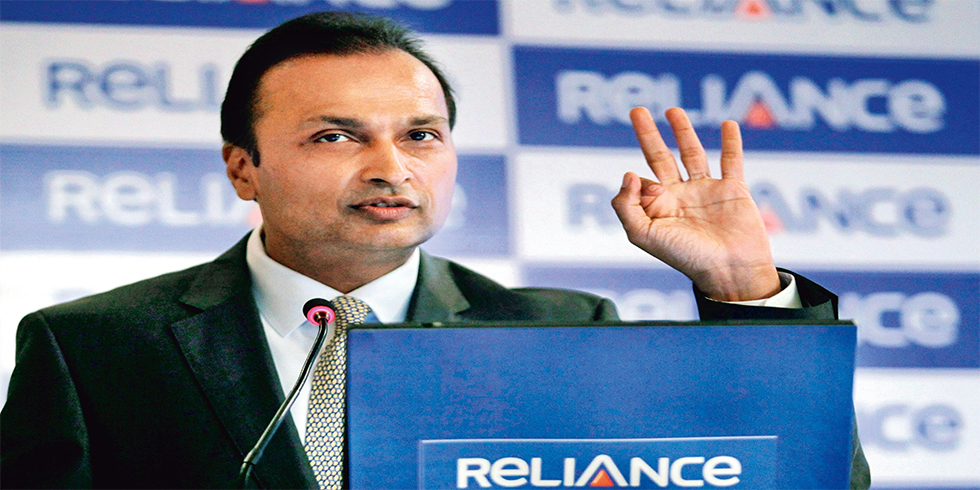Globally, the digital revolution has increased need for electricity with greater reliability and better quality than is typically delivered through conventional power distribution systems. As more manufacturing processes and service industries become dependent on digital services, the requirement for high security, quality, reliability, and availability of an electric power supply will only go up.
India’s existing infrastructure has been designed for large conventional sources of energy that involves manual intervention and oversight. However, with the government’s thrust on renewable energy sources, there is a need to restructure the grid to have an underlying IT infrastructure to merge and manage the energy generated from renewable sources along with conventional energy sources.
The need of the hour is an integrated grid with an IT backbone. Smart grids can reduce energy consumption, increase efficiency of the electricity networks, and manage electricity generation from renewable technologies.
Global investment in smart grid infrastructure has increased from an estimated $67 billion in 2009 to nearly $200 billion in 2015. Some of the most ambitious smart grid initiatives are in China and the US. Japan and Korea also have long-term plans to incorporate solar power generation and national smart metering initiatives. In Spain, Germany, the UK, and France, too, there are smart grid initiatives, some of which have started demonstrating outcomes.
Australia has the ‘Smart Grid, Smart City’ initiative to deliver a commercial-scale smart grid demonstration project. India has power sector market conditions that will gain significantly from investments in smart grid infrastructure. With one of the highest transmission and distribution (T&D) loss rates in the world; almost all states have a rate above 15% and most utilities fail to recover cost.
The government has identified power sector as a key sector of focus to promote sustained industrial growth. India’s electricity generation target for FY17 has been fixed as 1,178 billion unit (BU), ie, 6.38% growth over actual generation of 1,107.822 BU for FY16. It comprises of 999 BU thermal; 134 BU hydro; 40 nuclear; and 5 BU import from Bhutan. The government’s goal is to provide electricity to every home in India by 2019, ensuring affordability.
With a massive thrust on renewable energy, the government announced a renewable power production target of 175,000 MW by 2022; this comprises generation of 100,000 MW from solar power, 60,000 MW from wind energy, 10,000 MW from biomass, and 5,000 MW from small hydro-power projects. States have been asked to prepare action plans with year-wise targets. Initiatives like Green Energy Corridors, UDAY reform, smart grid Vision, ISA, hybrid/electric vehicles, strengthening of national grid, etc, are positive steps in this direction.
With focus on Digital India and Make-in-India and other such programmes, India’s ecosystem is set to provide a comprehensive, cheaper, and scalable solution to digital age electricity grids.
The National Smart Grid Mission (NSGM) under the power ministry is pioneering the smart grid programme. With a committed a total outlay of `980 crore with a budgetary support of around `338 crore in the 12th plan period, the ministry has allocated more than 90% of the outlay in development of smart grids in the smart cities. Currently, NSGM has under its belt 14 smart grid pilot projects.
Under consultation of Power Grid Corporation of India and Central Power Research Institute, pilot projects are being developed in identified regions to develop and provide advance metering infrastructure, demand response, charging infrastructure for electrical vehicles, among other functionalities. Utilities will witness reduced operational cost, increased employee safety, increased revenue, higher customer satisfaction and reduced capital cost. Consumers will experience improved level of service with fewer inconveniences and lower costs resulting from loss of power.
Reduction in cost will ultimately help keeping the prices of goods and services lower than they would be otherwise. Smart grids will virtually eliminate blackouts.
Among other benefits, smart grids will help improve employee productivity and reduce use of inefficient generation to meet system peaks. A robust transmission grid will accommodate larger increases in wind and solar generation. It is expected that with these grids, there will be a downward pressure on prices through improved operating and market efficiencies. These will also lead to the creation of new electricity markets, pare CO2 emissions and improved public health.











Add Comment